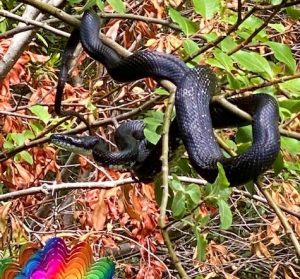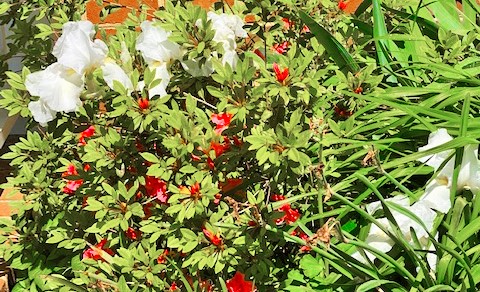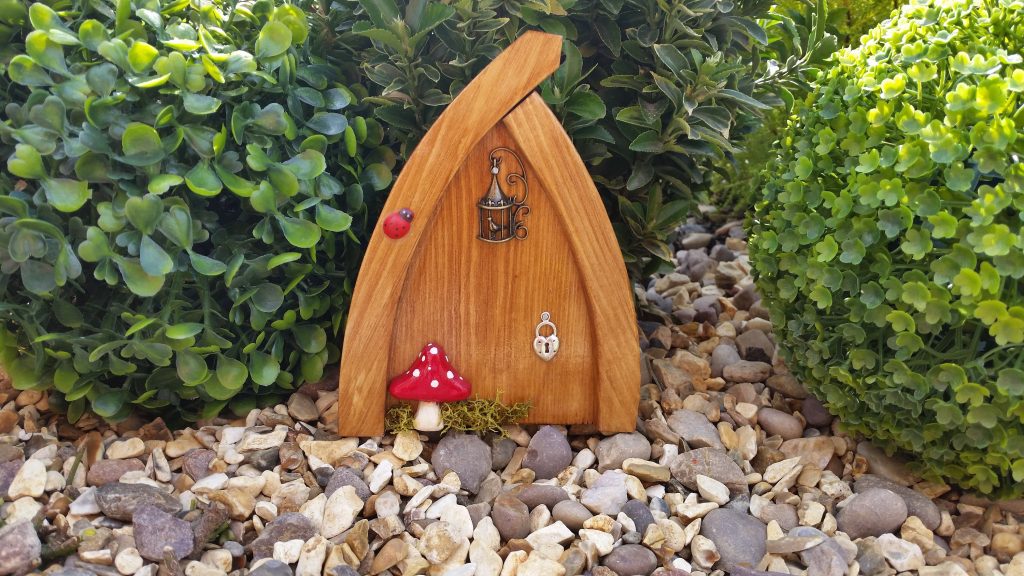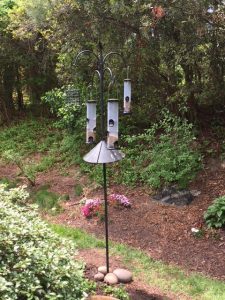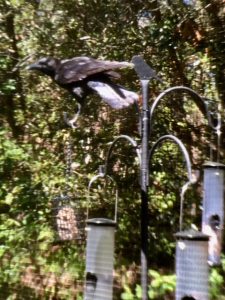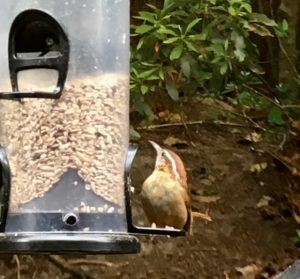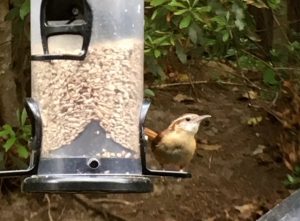
During more than fifty days of staying at home, I’ve become increasingly attentive to the flora and fauna in my yard. Is this happening to you?

For the first time I bothered to identify the wild strawberries invading my flower beds as Indian or mock-strawberry, not the luscious Virginia wild strawberry. (Big clue is the white vs. yellow flower.)


Stanley jumps from the bayberry tree onto the bird feeder several times a day.
But in spite of Stanley, we are gifted with a wide variety of bird visitors, too. As I watch them day after day, noticing patterns is inevitable. (To all the bird lovers and watchers out there: I realize that this reveals a certain—shall we say—naiveté. But there are more of us around than you might believe.) Watching our feeder, one of the main characteristics I’ve noticed is, for want of a better term, sociability.

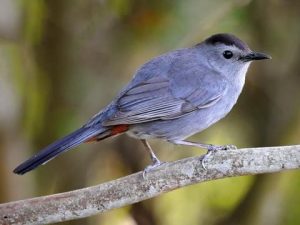

.
.
Writers: Based on sociability, what sort of bird would your character be?
.


While finches are happy to share the feeding stations, and linger for communal eating, bluejays tend to chase other birds away, and they don’t settle. They dart in, grab a bite, go back to a tree, and repeat.
I’ve always been interested in birds in a casual sort of way. I have three daughters whom I’ve associated with white throated sparrow, goldfinch, and bluebird based on their coloration and behavior.
My grandson is a cardinal, theatrical and flamboyant. My older granddaughter is a crow, based on her black hair, her preference for wearing black and her keen intelligence. My younger granddaughter is a chickadee, based on her liveliness and sociability.

And my husband is a red bellied woodpecker, because that bird has red, black, and white markings and links the three grandchildren together.
So, I have my own personality profiles of various birds. Do you?
Although I’m convinced that birds—typically by nature of their species—have personality types, being a scientist at heart, I wanted a bit of authority to back me up here. But while searching online for bird personalities, again and again I came up with the same question—“Which one are you?” And the answer was a multiple-choice of four, the DOPE model: dove, owl, peacock, or eagle.
So, writers, for what it’s worth, here it is.

DOVES are associated with terms such as neutral, loving, and kind. Although passive in communication, they are highly emotional. Dove people exhibit a long list of personality traits, both positive and negative.
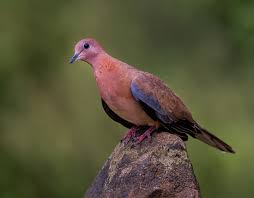
- Positive traits
- Patient
- Giving
- Trustworthy
- Introverted
- Avoids risk-taking
- Respectful
- Honest
- Reliable
- Easygoing

- Negative traits
- Dependent
- Predictable
- Follower
- Gullible
.
.

OWLS are perceived as logical and intelligent, but conservative, introverted and not communicative.
.
.

- Positive traits
- Calm
- Meticulous
- Just
- Mindful
- Determined
- Detail-oriented
- Careful
- Curious
.

- Negative traits
- Distrustful
- Self-centered
- Indecisive
- Vindictive
- Short-sighted
.
.

PEACOCKS are showy and outgoing, very active communicators—i.e., talkative—and possess high “emotional intelligence.” These are competitive, emotional birds.

- Positive traits
- Open-minded
- Energetic
- Charismatic
- Social
- Enthusiastic
- Adventurous
.
.

- Negative traits
- Scattered
- Selfish
- Controlling
- Dominating
- Power-hungry
.

EAGLES are bold, decisive, and aggressive. They have high logical intelligence and are very active communicators. Within the general population (allegedly) 29% of people are eagles.

.
- Positive traits
- Charismatic
- Honest
- Initiator
- Independent
- Driven
- Motivated
- Compelling
- Fearless
.

- Negative traits
- Blunt
- Unsympathetic
- Egotistical
- Controversial
- Impatient
- Pushy
- Stubborn
You can take the 40-question, 4-bird, DOPE personality test online. Click here.

Writers note: Be aware that any given personality trait could be either helpful or not, positive or not, depending on the demands of the situation.
Writers’ option: identify a bird of your own choosing and research it, finding how/whether it reflects one of your characters.

Why bother? Assigning birds to your characters helps keep them consistent and distinctive.














